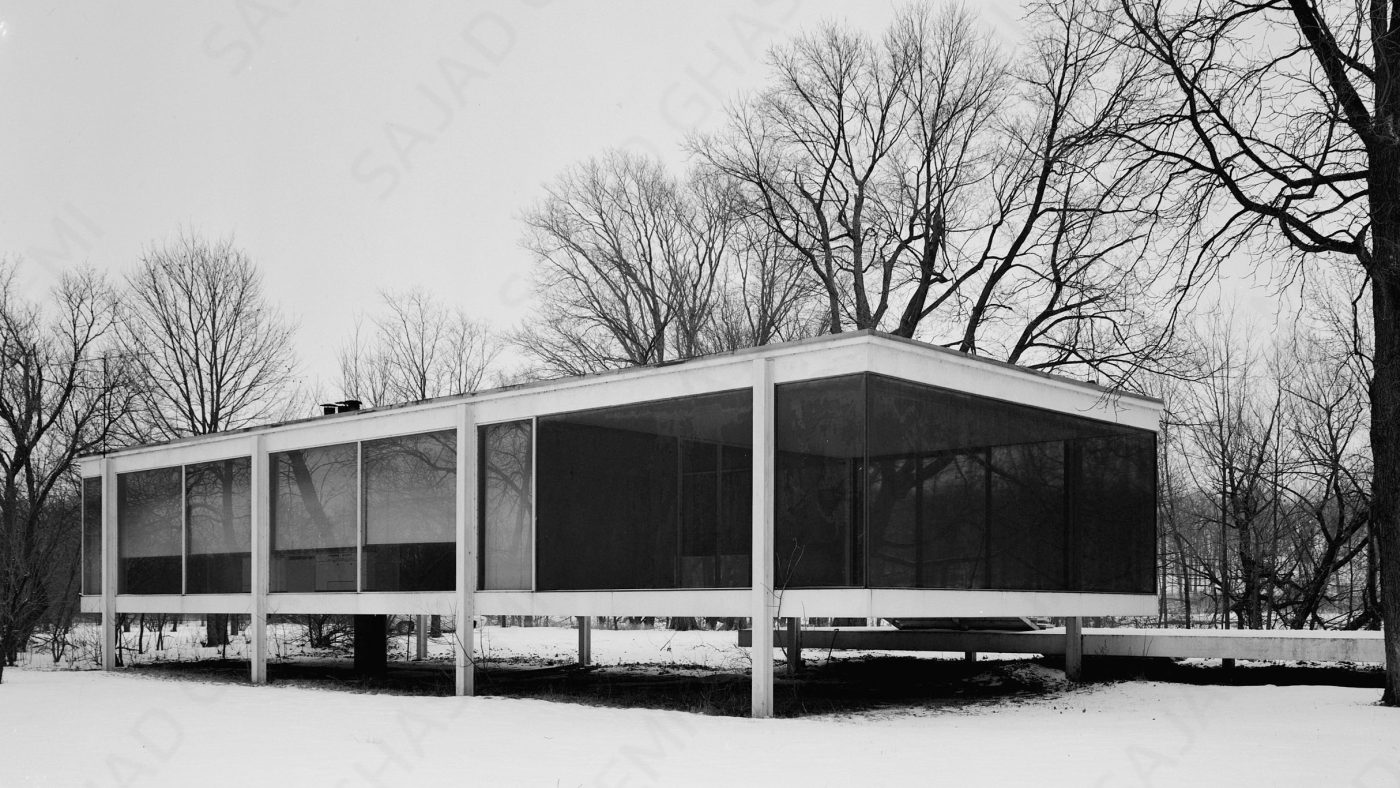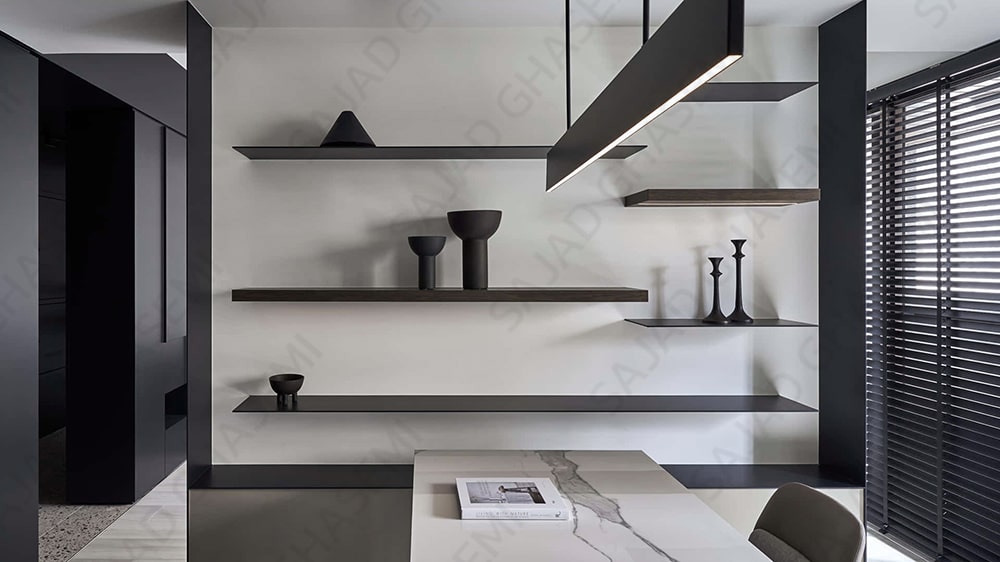
Minimalist architecture transcends mere design aesthetics; it embodies a philosophy that celebrates simplicity, functionality, and the reduction of non-essential elements. In this extensive discourse, we delve deeply into the essence of minimalist architecture, tracing its historical roots, exploring contemporary interpretations, and assessing its profound impact on modern societies.
Origins and Evolution
Minimalist architecture emerged as a distinct movement in the late 20th century, reacting against the complexity and ornamentation prevalent in preceding architectural styles. Influenced by the minimalist art movement and Zen philosophy, architects began prioritizing clean lines, spatial openness, and the use of natural materials. Visionaries such as Ludwig Mies van der Rohe and Tadao Ando played pivotal roles in shaping the foundational concepts of minimalist architecture.
The evolution of minimalist architecture can be traced through various phases, each responding to societal shifts and technological advancements. From its early roots in the mid-20th century to its contemporary interpretations, minimalist architecture has continuously evolved to address new challenges and embrace emerging trends.
Key Characteristics and Principles
At its core, minimalist architecture is defined by its emphasis on simplicity, clarity, and functionality. Clean geometric forms, neutral color palettes, and an emphasis on natural light and spatial harmony are quintessential features of this design ethos. Every element is purposefully chosen to serve a specific function, with a deliberate avoidance of unnecessary ornamentation. Minimalist interiors often prioritize spatial flow and the seamless integration of indoor and outdoor environments, creating spaces that feel serene and uncluttered.
Contemporary Trends and Innovations
In the 21st century, minimalist architecture has undergone a renaissance, driven by advancements in technology, shifts in cultural values, and a growing emphasis on sustainability. Contemporary architects are reinterpreting minimalist principles to address pressing issues such as climate change, urbanization, and social inequality. Innovations in materials science, construction techniques, and digital design tools have expanded the possibilities of minimalist architecture, allowing for greater experimentation and creativity.
Modular construction, adaptive reuse of existing structures, and the integration of smart technologies are just a few examples of how minimalist architecture is adapting to meet the needs of a rapidly changing world. Moreover, the rise of minimalist-inspired lifestyle trends, such as tiny houses and capsule living, reflects a broader cultural shift towards simplicity and mindfulness.
Social and Environmental Impact
The influence of minimalist architecture extends far beyond the realm of design, shaping the way we live, work, and interact with our environment. Minimalist spaces are often associated with feelings of calm, tranquility, and well-being, offering a respite from the chaos of modern life. By prioritizing sustainability and resource efficiency, minimalist architecture also aligns with the growing global concern for environmental conservation.
Furthermore, minimalist architecture has the potential to promote social equity by creating affordable, accessible housing solutions that prioritize human needs over excess. By fostering a sense of community and connection to the natural world, minimalist design can contribute to a more inclusive and sustainable built environment.
Embracing Minimalism in a Complex World
In conclusion, minimalist architecture offers a timeless vision of simplicity, elegance, and harmony in the built environment. Its evolution from a niche design movement to a global cultural phenomenon underscores its enduring relevance in an increasingly complex world. As we confront the challenges of the 21st century, the principles of minimalist architecture provide a guiding light, inspiring us to rethink our relationship with the spaces we inhabit and the planet we share. By embracing the ethos of minimalism, we can create a more sustainable, equitable, and fulfilling future for all.
This comprehensive examination of minimalist architecture, spanning its origins to contemporary trends and future prospects, provides a nuanced understanding of its significance in shaping the built environment and influencing society at large. As we continue to navigate the complexities of modern life, the timeless principles of simplicity, functionality, and harmony embodied by minimalist architecture offer a compelling framework for creating spaces that enrich lives and enhance well-being.

Additional Perspectives and Case Studies
To further enrich our understanding of minimalist architecture, let us explore additional perspectives and case studies from around the world. We will examine iconic minimalist buildings, innovative design approaches, and the cultural and social contexts in which they exist. By broadening our scope, we can gain deeper insights into the diverse manifestations of minimalist architecture and its impact on different communities and environments.
Iconic Minimalist Buildings
- The Glass House by Philip Johnson (New Canaan, Connecticut, USA)
- Casa Malaparte by Adalberto Libera (Capri, Italy)
- Farnsworth House by Ludwig Mies van der Rohe (Plano, Illinois, USA)
- Villa Savoye by Le Corbusier (Poissy, France)
- Salk Institute for Biological Studies by Louis Kahn (La Jolla, California, USA)
Innovative Design Approaches
- Biophilic Design: Integrating natural elements and patterns into architectural spaces to enhance well-being and connection to nature.
- Passive House Design: Utilizing energy-efficient strategies to minimize the environmental impact of buildings and reduce carbon emissions.
- Adaptive Reuse: Repurposing existing structures for new functions, preserving their historical and cultural significance while minimizing waste.
Conclusion
In the ever-evolving landscape of architecture and design, minimalist architecture stands out as a timeless philosophy that celebrates simplicity, functionality, and harmony. From its origins in the late 20th century to its contemporary interpretations, minimalist architecture has left an indelible mark on the built environment, shaping the way we live, work, and interact with our surroundings.
With its clean geometric forms, neutral color palettes, and seamless integration of indoor and outdoor spaces, minimalist architecture creates serene and uncluttered environments that promote well-being and tranquility. As we face the challenges of urbanization, climate change, and resource scarcity, the principles of minimalism offer a sustainable and responsible approach to designing spaces that prioritize efficiency and minimize environmental impact.
Contemporary architects are pushing the boundaries of minimalist design, incorporating innovative materials, construction techniques, and smart technologies to create buildings that are not only aesthetically striking but also environmentally conscious and socially equitable. From biophilic design to passive house strategies, minimalist architecture is constantly evolving to meet the needs of a rapidly changing world.
In a world filled with complexity and excess, minimalist architecture serves as a breath of fresh air, reminding us of the power of simplicity and the importance of living in harmony with our surroundings. As we continue to navigate the challenges of the 21st century, embracing the ethos of minimalist architecture will be crucial in creating a more sustainable, inclusive, and fulfilling built environment for generations to come.

I was really captivated by this in-depth exploration of minimalist architecture. The way the article traced the origins and philosophies behind the movement gave me a much richer understanding beyond just the visual aesthetics. Linking it to broader influences like art and Zen thinking provides great context.